I have updated an introduction to the SunWALK model of human-centred studies;

the model and its ‘logo-diagram-mandala’ – providing a teacher’s process model
Give me a brief introduction:
SunWALK grew out of reflection on many years of teaching children and adults and particularly a period of five years teaching in a RC middle school – theorizing my practice via a PhD and practising my theory day-to-day.
SunWALK simply says that the quality of all of our lives will be higher if we undertake all education within the framework of deepening our humanity.
Deepening our humanity is a matter of developing technical competencies within the chief dimensions of the human spirit; Caring (the Humanities), Creativity (the Arts) and Criticality (the Sciences & Philosophy) – all in local, national and world Communities. These are the ‘4Cs’ of the model – 3 intra-personal, 1 inter-personal.
We and our one planet will be better of if all of the technical stuff, from learning to read to Masters degrees in engineering, take place in the context of humanization/the 4Cs. This requires international, national, school & classroom commitment to deepening the best of being human as the context for learning the technical.
We can’t afford to have character and morality and compassion as hoped-for accidental outcomes. Moral Education, PSME, RE etc. don’t work as bolt-on extras. They need to be the general context in which competencies are developed.
It is a model based on the energy flow of the human spirit – that is the given. That is physical, mental and spiritual energy that flows through all living human beings.
That energy, the human spirit, is the true ’stuff of education’. With the best of the past teachers need to equip children to face tomorrow’s challenges which will always be a mixture of new problems combined with eternally recurrent problems. Building all education with will be the medium with which the teacher works to nurture and challenge balanced development.
Today we have lost the balance between specialization, and whole-systems thinking and acting – SunWALK model brings into harmony the best of ‘Western’ & ‘Eastern’ world-views.
OK – so what’s the ‘Sun’ and the ‘WALK in the model’?
The ‘Sun’ = the individual’s spiritual inspiration & values sources – accumulated and ongoing, as operating internally and as expressed in speech and behaviour.
WALK = Willing & Wise Action through Loving & Knowing – here seen as the general goal for education, and as the interiority, character and behaviour of the student.
The model/logo combines a range of sub-models including the following:
a) An ‘interior’ model of the human spirit – in relation to ‘the world’.
b) A model for re-positioning education within being & becoming human – in the world with others.
c) A general model of the curriculum – for primary, secondary and higher education.
d) A framework for the analysis and evaluation of teaching episodes or projects.
e) A model of education that makes non-faith-specific spiritual and moral education intrinsic to all learning.
THE MODEL AND THE PROCESS IN ONE (long) SENTENCE: –
The SunWALK model of spiritualizing pedagogy sees human education as the
storied
development of
meaning, which is
constructed, and de-constructed,
physically, mentally and spiritually, through
Wise & Willing
Action, via
Loving and Knowing – developed in
Community, through the
‘Dialectical Spiritualization [1]’of
Caring, Creativity & Criticality processes, all undertaken in the light of the
‘Sun’ of chosen higher-order
values and beliefs, using best available,appropriate
content.
These underlined concerns are central components and focuses of the practice and theory in the model.
This is an intense combination of theory and practice. It automatically requires the teacher to practice their theory and theorise their practice – dynamically as practice-based research. It automatically enables the classroom to be connected to the school & community as a whole and to e.g. a relevant department in a university.
It attempts to suffuse all teaching with the demands, challenges and joy of being human in the world with others. But it seeks to bring together the Whole and the parts, the ineffable and the concepts – not just concepts because as Heschel (1971:7) says, “Concepts are delicious snacks with which we try to alleviate our amazement.”
The diagram/logo/
The outer ring of the SunWALK logo combines two dimensions:
1 ‘Community i.e. the social,interpersonal dimension of interaction with other individuals or groups.
2 ‘Cultural sources’ including such dimensions as the traditions, the political & the legal.
The three major divisions of the arts,sciences and humanities are here thought of as the stored, yet potentially dynamic, accumulation of knowledge and beliefs and procedures – everything from galleries to written laws of physics that the individual can draw upon or be influenced by. This is the ‘stuff out there’ rather than the interiority of consciousness in which there is the perpetual flow and re-shaping, focusing de-focusing etc. of heart-mind.
In SunWALK everything within the inner circle = a representation of ‘interiority’, i.e. human consciousness – the human spirit.
The human spirit is presented intra-personally as 3 ‘voices’ – 3 modes of being & of engaging with reality & of knowing.
The three emanate from the singleness of ‘heart-mind’, consciousness.
They are presented (metaphorically) as the ‘primary colours’ of Creativity (the yellow of inspiration), Criticality (the blue of reason) & Caring (the red warmth of love).
Creativity is the ‘I’ voice of subjective engagement via an artistic medium – it is concerned with subjective knowing and is particularly related to the core virtue ‘beauty’ and its products are of course ‘the Arts’.
Criticality is the ‘IT’ voice of objective engagement which enables progress in the Sciences ( & Maths., Philosophy and ‘critical’ studies). It is concerned with objective knowing – and it is related particularly to the core virtue ‘truth’. The products of course are the sciences and technology – but also philosophy and critical studies.
Caring is the ‘WE’ voice which enables moral engagement – for progress in the moral domain and in service of others. It is concerned with social knowing – related particularly to the core virtue ‘goodness’ and to ‘the Humanities’.
All three of course need to be conditioned by the pre-eminent virtue of justice. All students need to have these ways of engaging with reality developed in a balanced way. High technical competence combined with moral dwarfism leads to ……
The physical dimension is seen as the instrument for the flow of spirit in all of its forms – e.g. via dance, drama & PE and sports.
Each individual develops her/his I, WE and IT voices, the 3Cs, via socialization, starting in the family, the local community and then later in formal education. A sense of justice is seen as paramount intrapersonally as well as inter-personally i.e. it enables us to engage with that which is beautiful, good or true with balance, clarity & due weight.
The essential process in all 4Cs is multi-level dialogue. In the case of the individual dialogue is seen as meditation, reflection and inner-talk. In the case of groups it is dialectical process via consultation.
The ‘Celtic’ knot that surrounds the central shield indicates that the 3Cs are simply aspects of the one human spirit– the flow of ‘heart-mind’.
The white shield at the centre represents the meditative state in which there is no ‘focused’ engagement via one of the 3Cs – and in which there is relatively little of the interference or chatter that we experience in the unquiet mind.
This can enable us to ‘go beyond ourselves’, i.e. transcend our normal knowing – any of the 3Cs (I, WE or IT modes), as gateways, can be a pathway to the transcendent and to subsequent improved insight into reality.
The black dot at the centre is the ‘well-spring’ of consciousness. For artists (and great scientists) it is the Muse. For religionists it is the voice of God within (albeit distorted by the dust of self). For non-religionists it is the inner source of spirit as energy & inspiration – the bits of realization and insight that come to us for which we don’t make an effort.
Educating the human spirit is seen as nurturing, and cultivating, the life-force which culminates in the developed human who, through higher-order consciousness, realizes abilities from within Caring, Creative or Critical engagements.
Teaching is seen as nurturing and cultivating what is normally present, almost from birth, & certainly by the time we go to school – namely the flow of spirit expressed in nascent forms of Caring, Creativity, and Criticality – in Community with others. Holistic Learning takes place when the learner uses Creativity, Criticality and Caring – in Community – inspired by higher-order values – in dynamic combinations such as Creativity providing texts for criticality – which then, via dialogue, produce/attract the spirit for more creativity.
In SunWALK spirituality is not a dimension; it is the model as a whole. In SunWALK moral education is not a dimension – it is intrinsic to all of its praxis.
The SunWALK logo can also be seen as a mandala, or even as a plan drawing for a fountain or an ‘arts centre of light’!
SunWALK is a major shift to a process view of the world, of being human and of educating our young people. It rejects a worldview that is limited to the mechanistic, the ‘human-as-computer, the fragmentary and the materialistic; seeking instead modelling that is based on flow/process, holism and the spiritual.
SunWALK is designed to enable teachers and students to become agents of change to transform a world that is still operated as atomistic, mechanistic and materialistic into one that is holistic, dialogic, and derived from the best processes and products of the human spirit.
The SunWALK logo and model of education Copyright Roger Prentice 1995 & 2009
.
—–0—–
SEE ALSO these allied blogs ––
Home is HERE i.e. my ‘meta-blog’ -The ´1000 ways …of Celebrating the human spirit
—–0—–


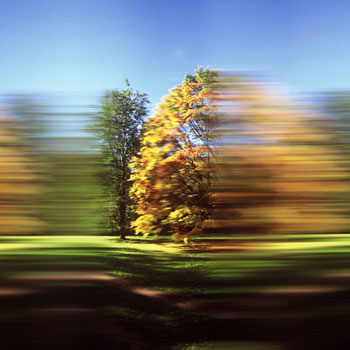
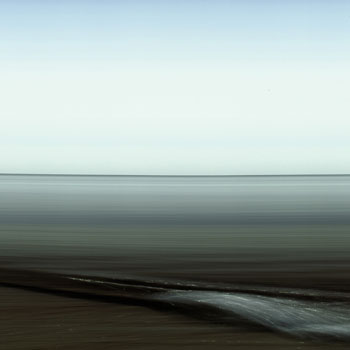

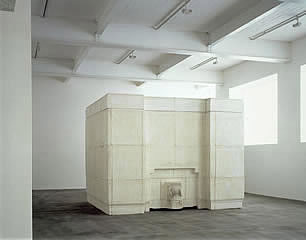
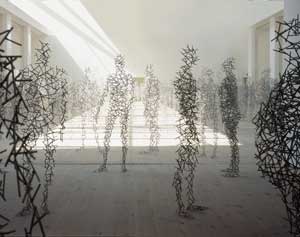
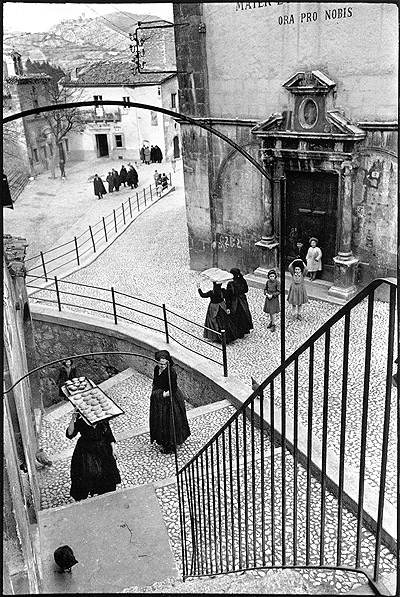
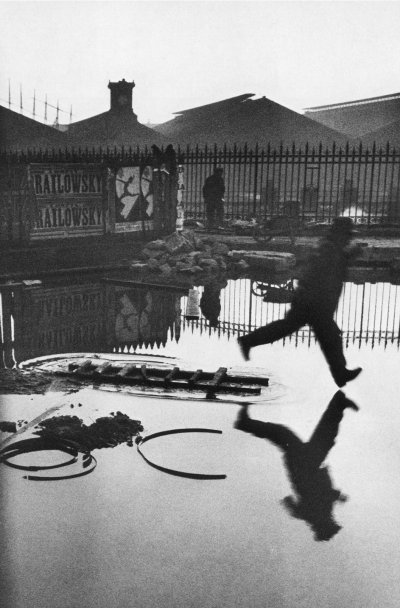 b)
b)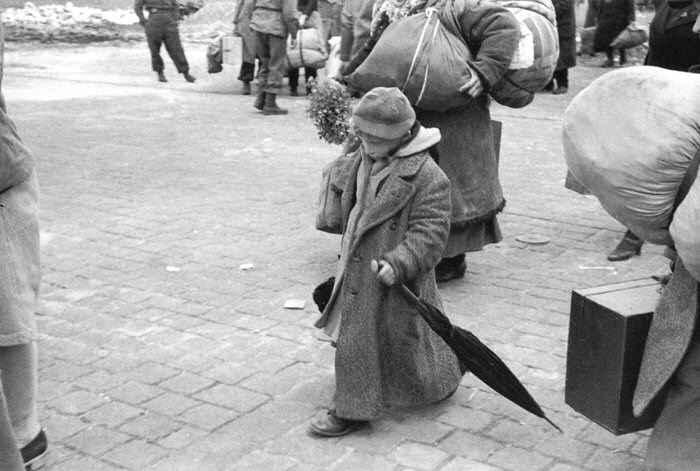
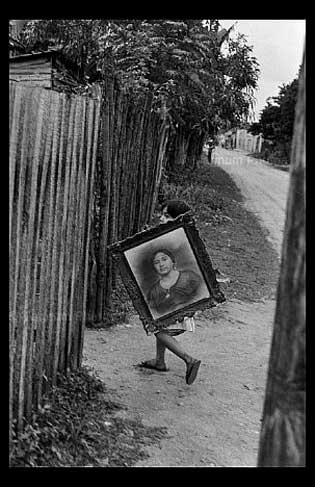 C
C